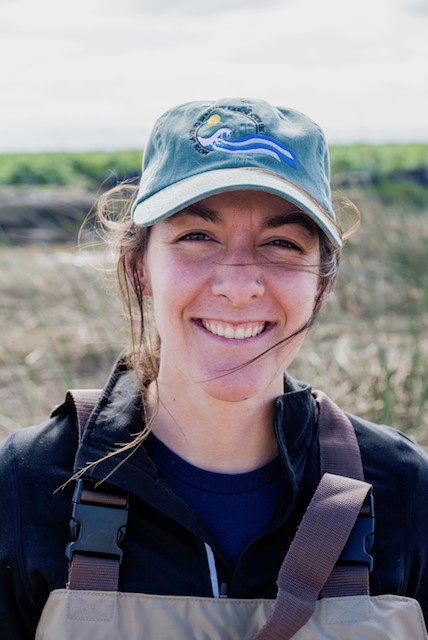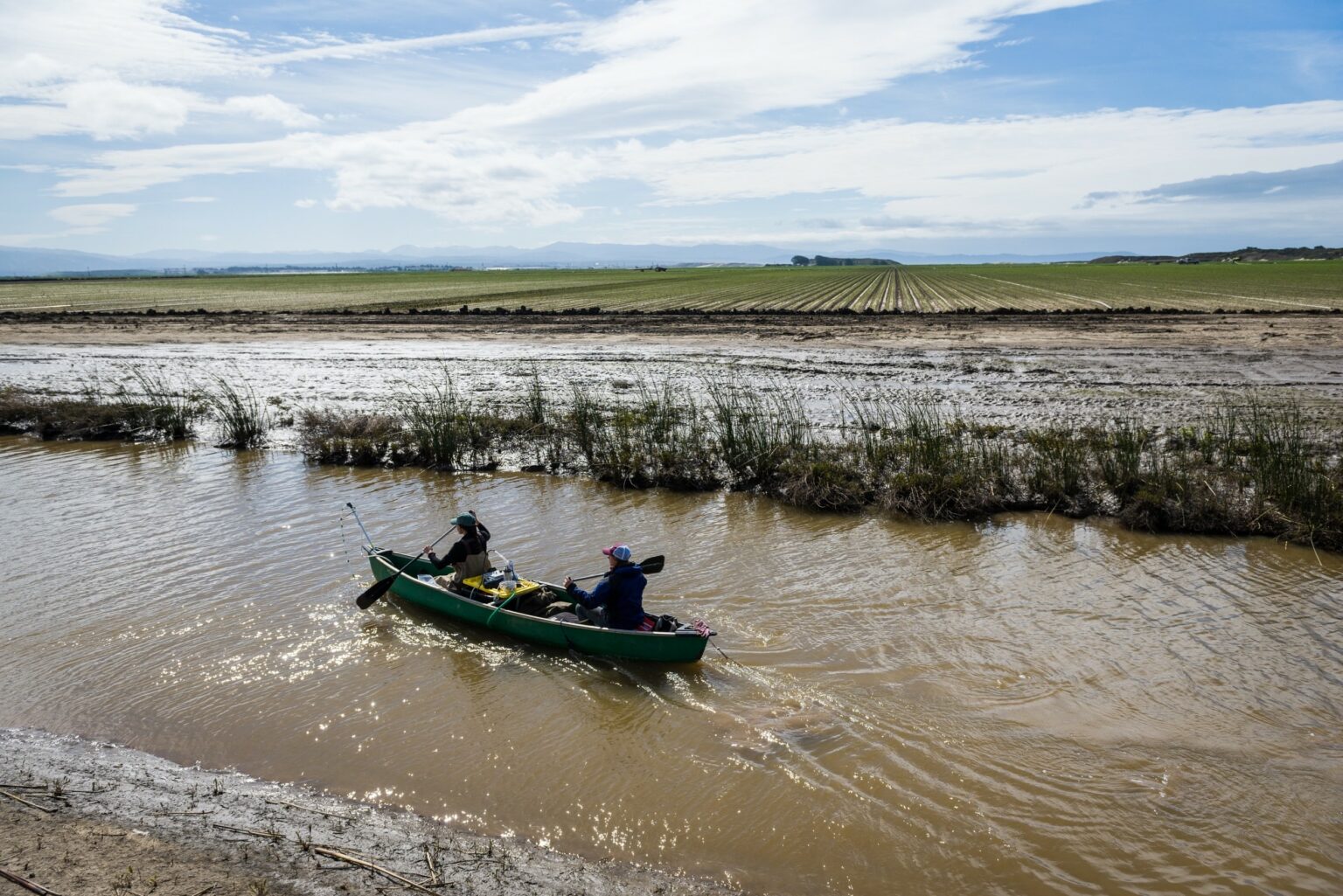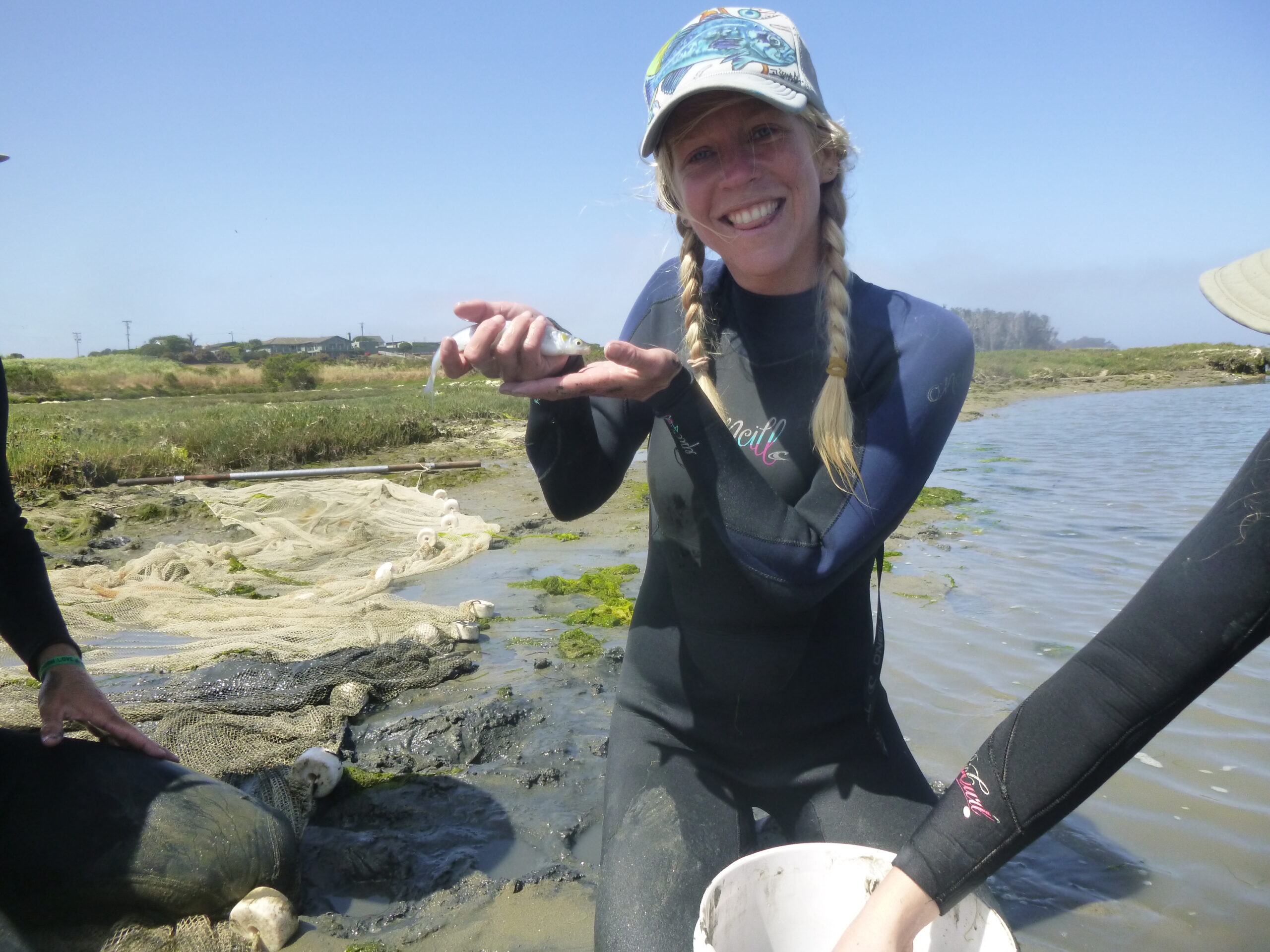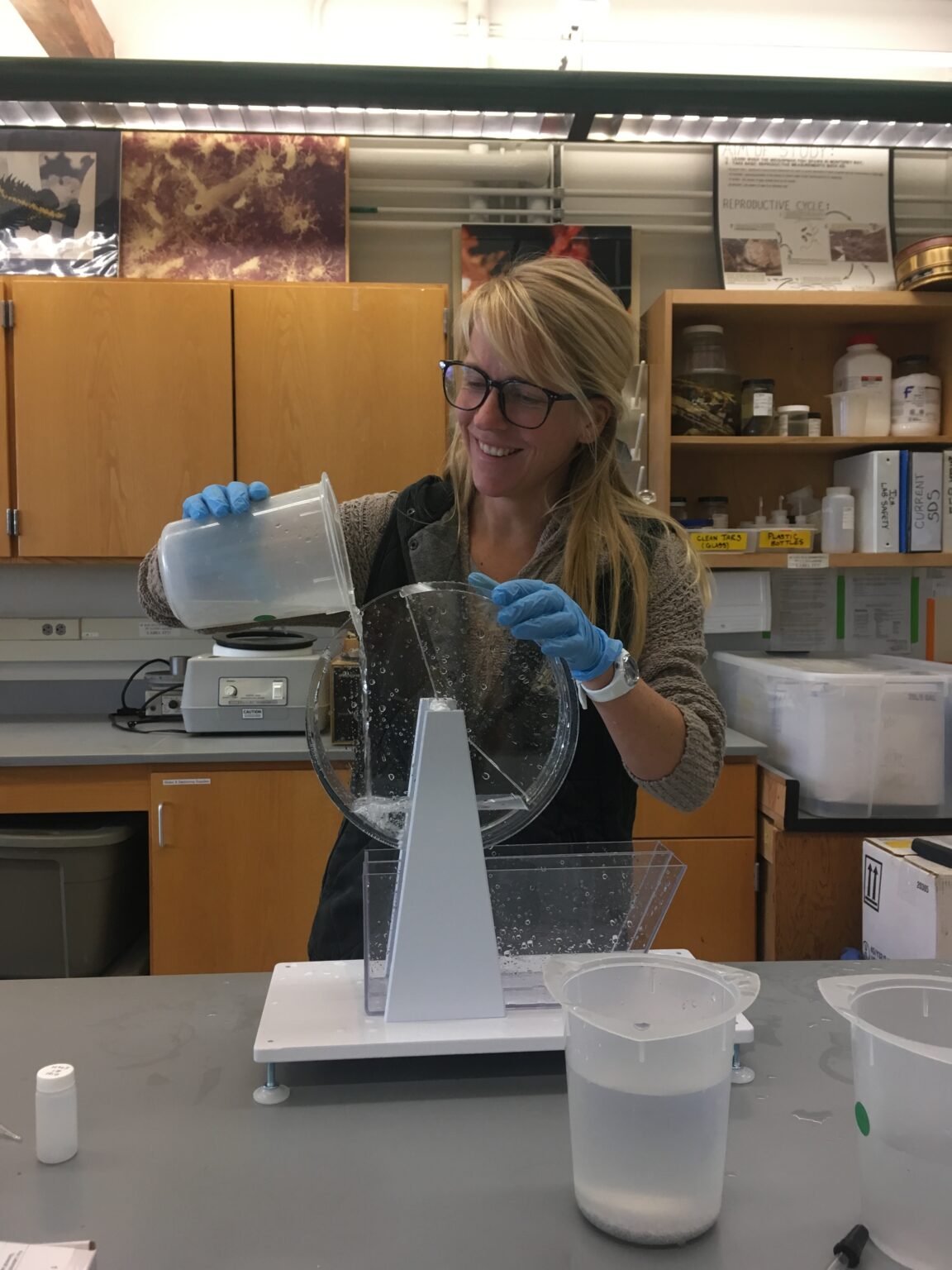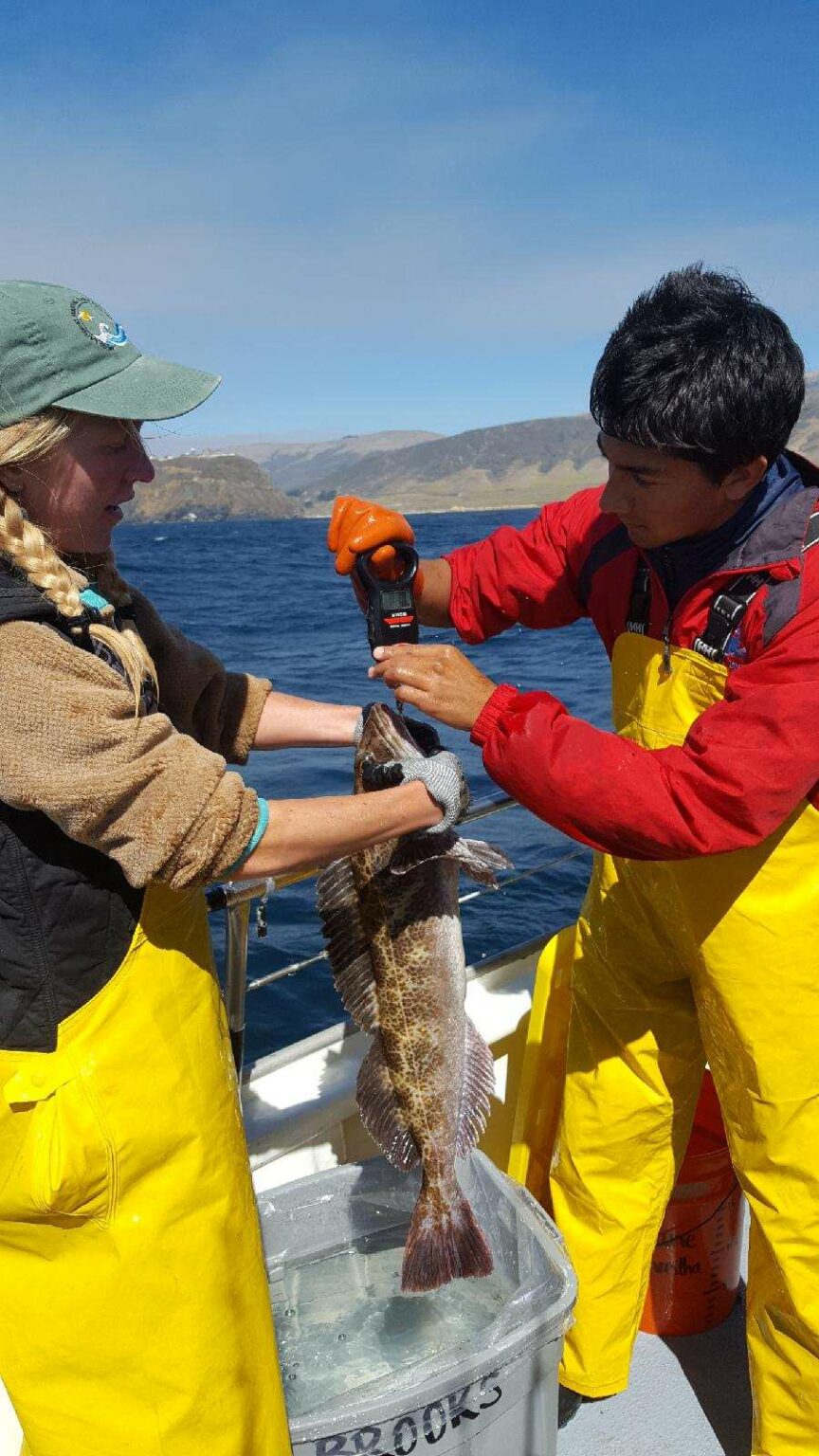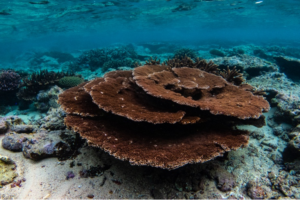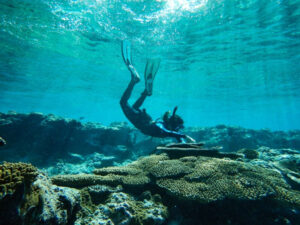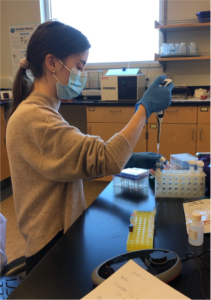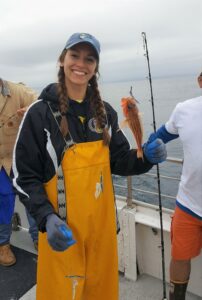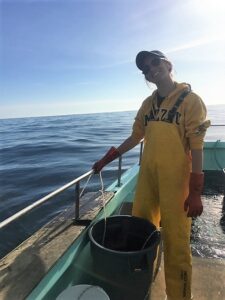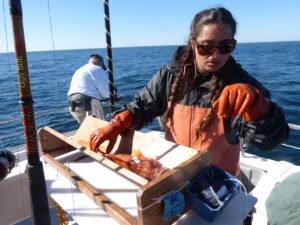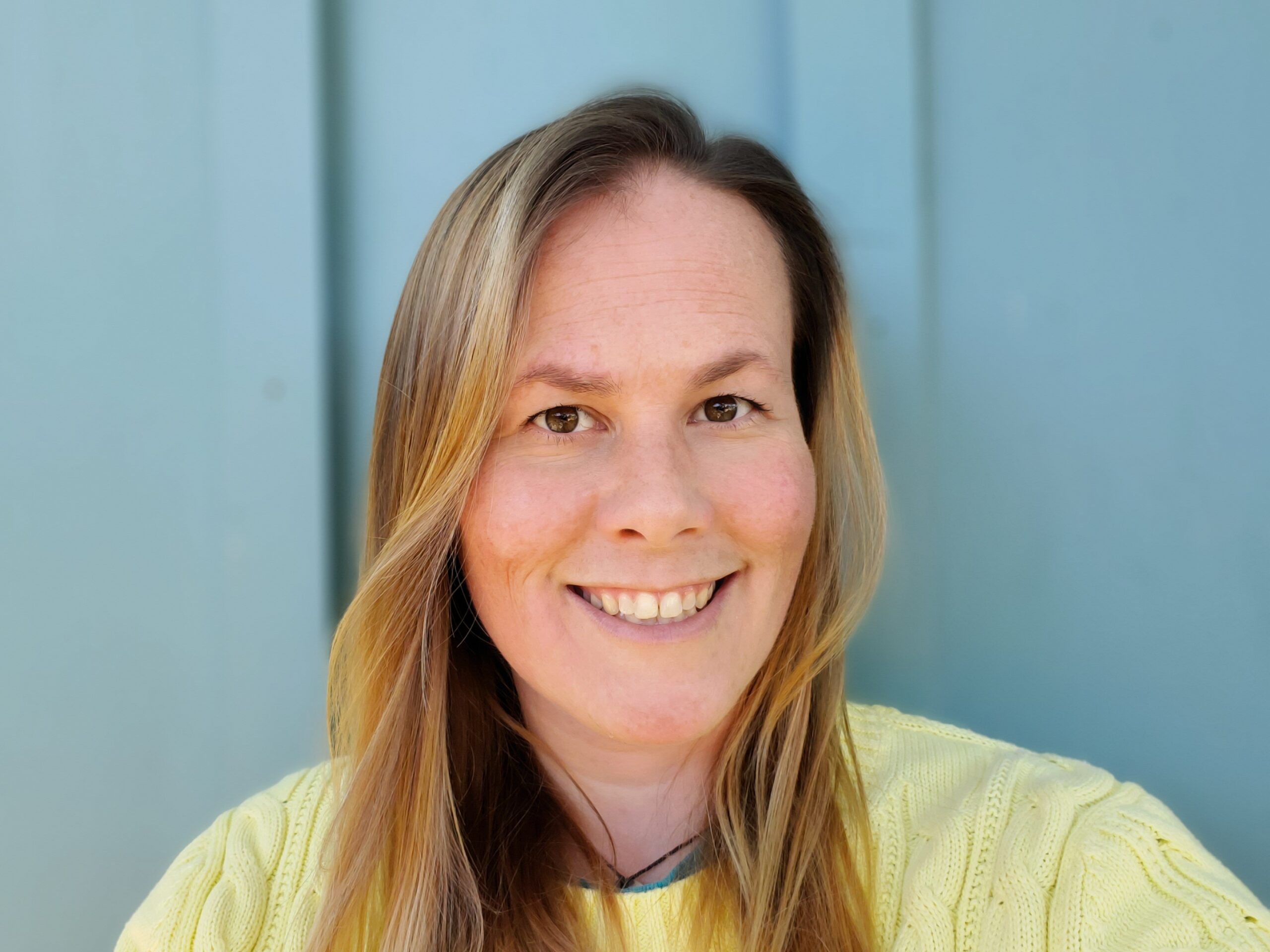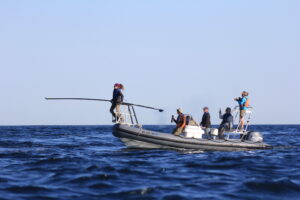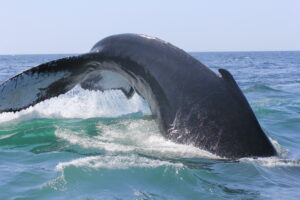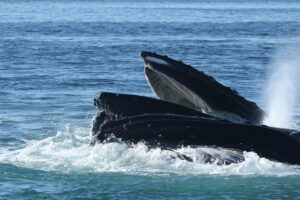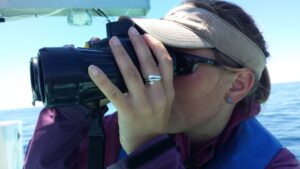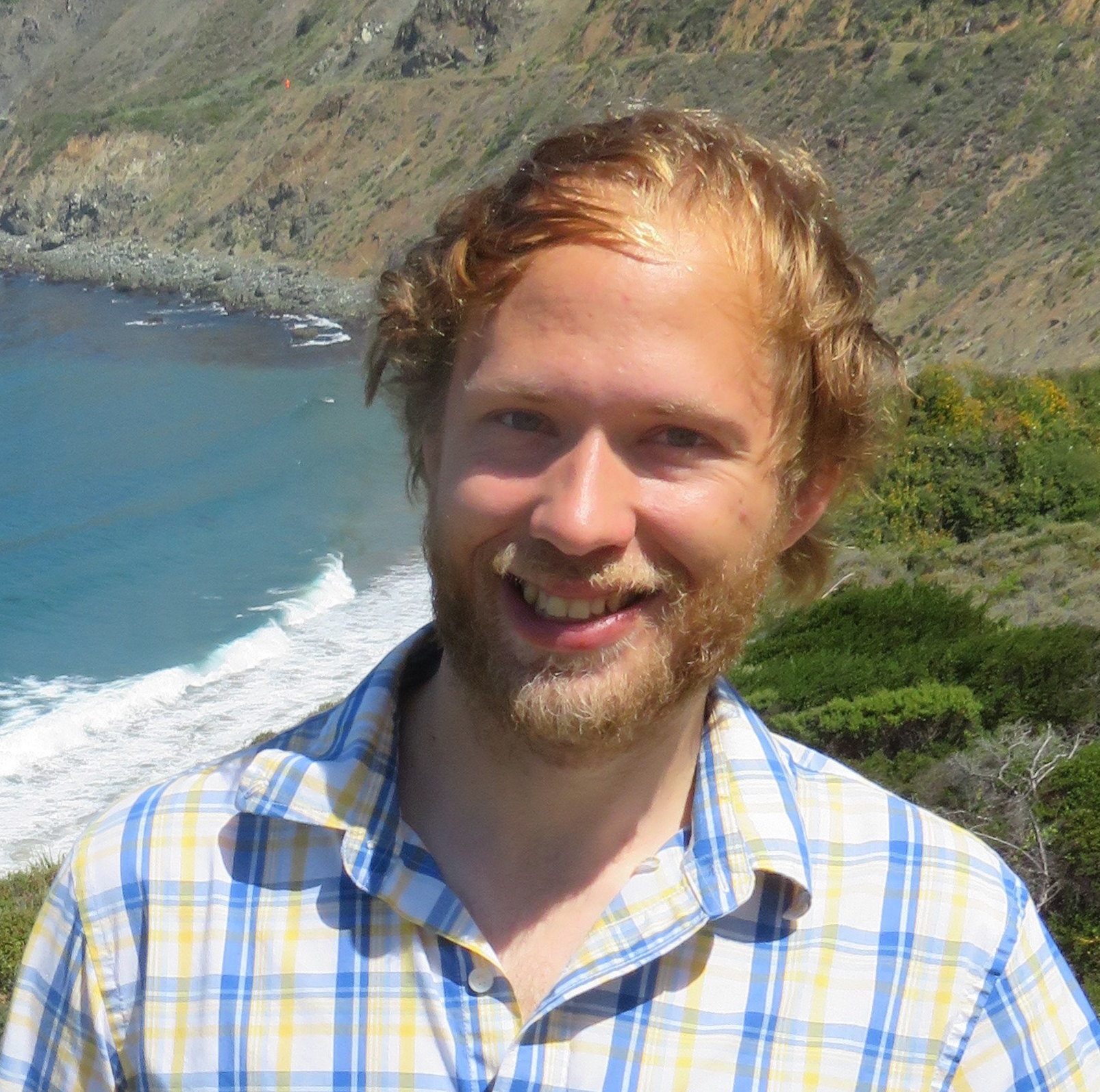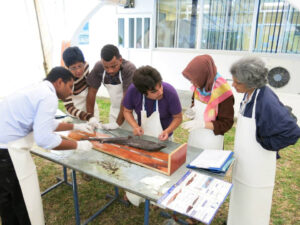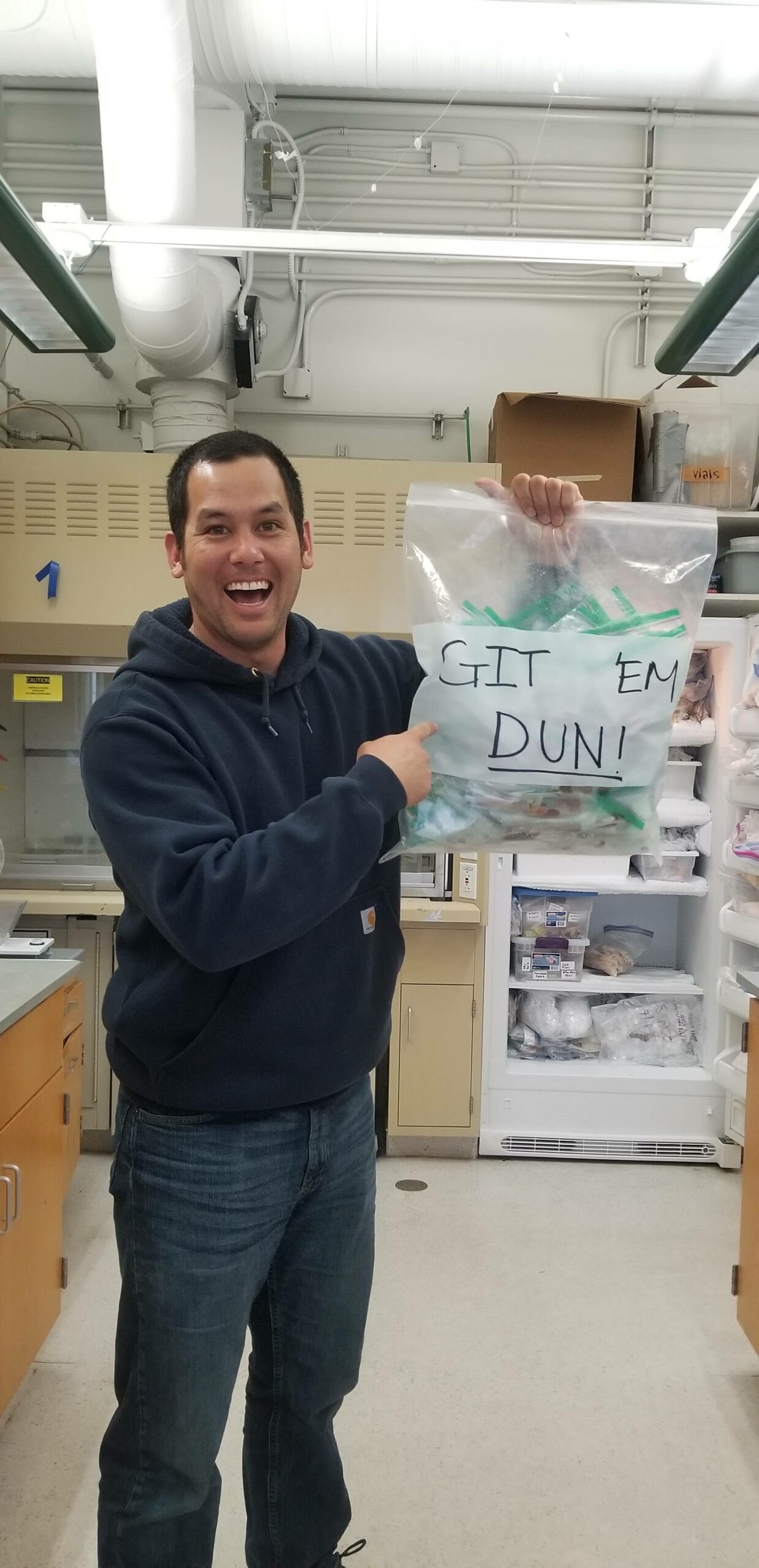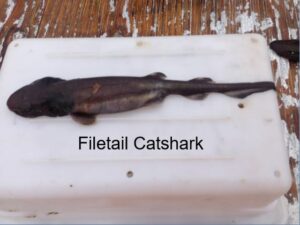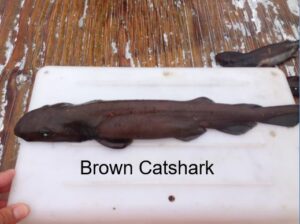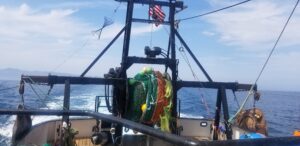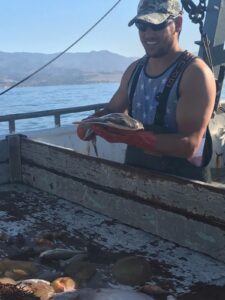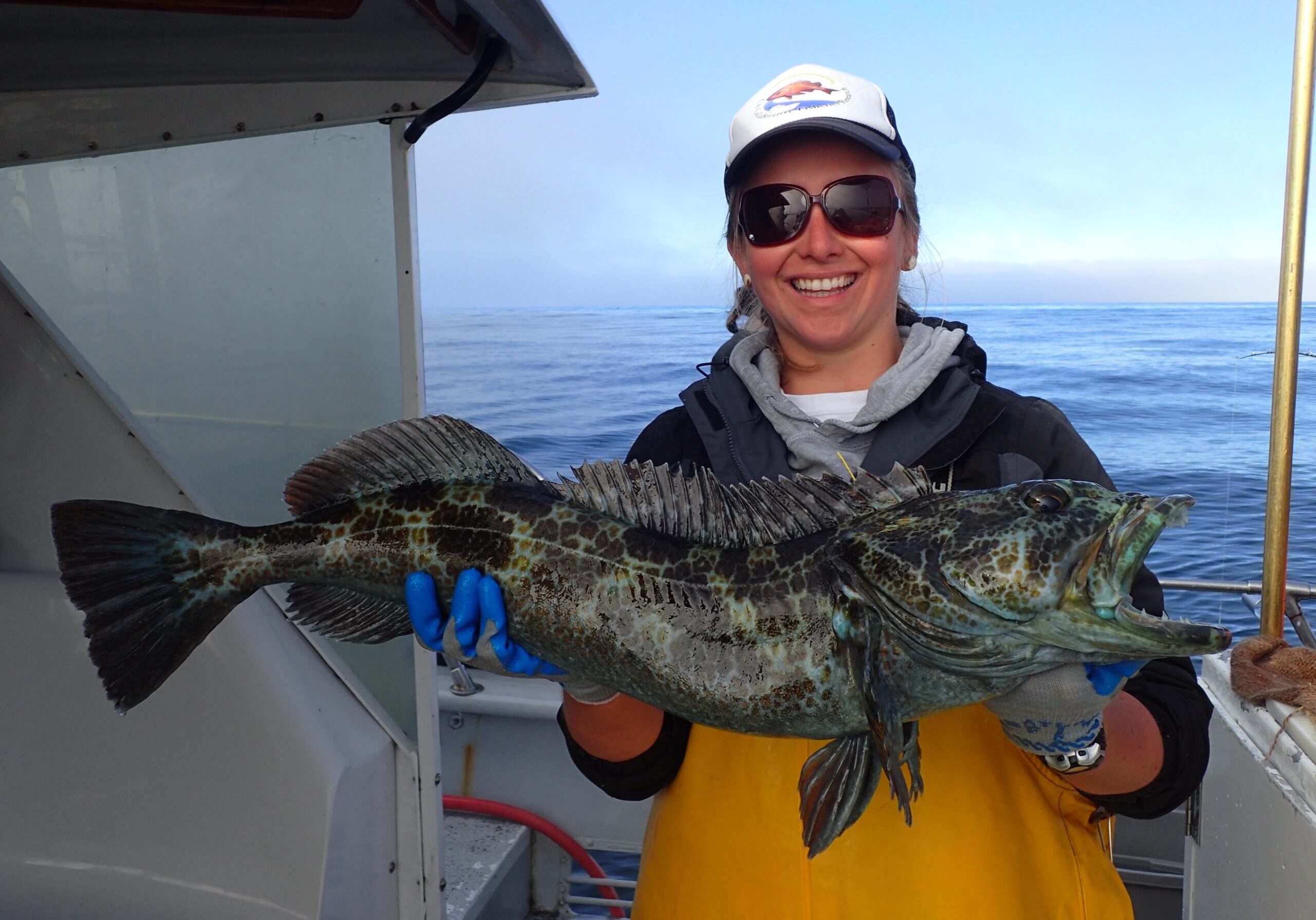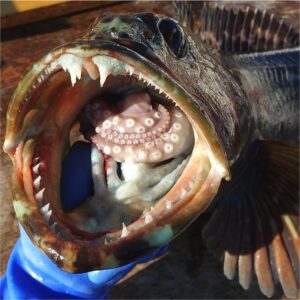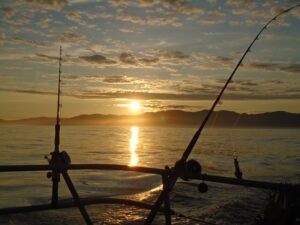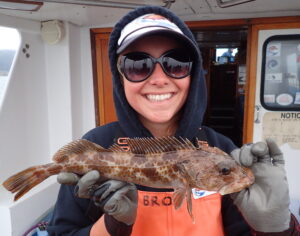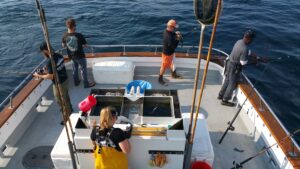"Characterizing Shallow Groundwater Nutrient Contribution to California Central Coast Agricultural Sites and Estuaries"
A Thesis Defense by Jacquie Chisholm
MLML Live-Stream | November 5th, 2021 at 12 pm
Jacquie graduated from St. Edward’s University (SEU) in 2017 with a B.S. in Chemistry. While at SEU, Jacquie participated in a summer undergraduate research program during 2014 as part of a behavioral ecology lab. That summer, she focused on observing the behavior of largespring gambusia (Gamusia geiseri) in the San Marcos River under the guidance of Dr. Raelynn Deaton-Haynes as a TG Grant Summer Research Student. While seining for pipefish in the Gulf of Mexico and snorkeling in the San Marcos River, Jacquie discovered her love for fieldwork-based research.
In effort to expand her chemistry interests, Jacquie switched labs and worked under the guidance of Dr. Tricia Shepherd as a Welch Foundation Undergraduate Researcher from 2015 to 2017. She built computation molecular models of carbon nanotubes (CNTs) to research the pore-filling dynamics of water molecules within CNTs. She presented her CNT findings at the 2016 MERCURY Conference and at the 2017 American Chemical Society Conference. After graduating in 2017, Jacquie began a Ph.D. program at University of California, Santa Cruz (UCSC) in the Chemistry and Biochemistry Department as a Regents Fellowship recipient. There, she worked as a Teaching Assistant for various undergraduate chemistry courses. In order to better pursue her interests in marine chemistry and fieldwork, Jacquie left UCSC and joined the Marine Science M.S. program at Moss Landing Marine Laboratories (MLML) in 2018 as a student in the Nutrient Laboratory and the Physical Oceanography Laboratory. Working under Dr. Kimberly Null and Dr. Thomas Conolly, she studied the influence of nutrient-containing shallow groundwater on local agricultural drainage systems as well as on local estuaries as a California Sea Grant Trainee. As a fieldwork-focused project, Jacquie was ecstatic to play in the mud as part of her research project.
During 2019, she was awarded a Graduate Research Grant from the Geological Society of America, received funding from the California State University Council on Ocean Affairs, Science, and Technology, and served as an Undergraduate Research Opportunities Center mentor. Jacquie presented her research findings at the 2019 Elkhorn Slough Science Symposium, the 2019 American Geophysical Union Conference, and the 2019 Coastal & Estuarine Research Federation Conference. When not in the field, Jacquie brewed beer with the MLML Brew Club, volunteered at Elkhorn Slough National Research Reserve as a Bird-Box Monitor, learned to surf, and worked for various local agricultural start-ups. Following her time at MLML, Jacquie looks forward to catching up on hiking, mountain biking, and volunteering as well as pursuing a career focused on water quality.
Thesis Abstract:
Shallow groundwater and shallow groundwater nitrogen have been suspected to influence agricultural tile drains, agricultural drainage ditches, and estuaries within the Lower Salinas Valley (LSV) of California’s Central Coast. This study used geochemical tracers to evaluate the influence of groundwater to each of these water sources. For agricultural sites, groundwater discharge estimates revealed between 51% ± 16% to 95% ± 30% of tile drain water was sourced from shallow groundwater. Stable isotopes of water (𝛿2HH2O and 𝛿18OH2O) confirmed that sump-influenced ditches are influenced by tile drain discharge, and that tile drains are influenced by shallow groundwater. Further, average nitrate as nitrogen (NO3-N) concentrations revealed that NO3-N in sump-influenced ditches were an order of magnitude higher (i.e., 33.78 to 95.21 mg L-1 NO3-N) than non-sump-influenced drainage ditches (i.e., 3.38 to 8.50 mg L-1 NO3-N). Nitrogen concentrations of shallow groundwater were also significantly lower than those of tile drain and sump water, which suggested that shallow groundwater was not the main source of nitrogen to agricultural drainage water. Stable isotopes of nitrate (𝛿15NNO3 and 𝛿18ONO3) within sump-influenced ditches were similar to those in tile drain effluent. However, groundwater nutrient discharge estimates revealed that 2.9 ± 0.7 to 5.4 ± 1.2 kg/d NO3-N of the total 9.4 ± 2.1 kg/d NO3-N from tile drains comes from shallow groundwater, further suggesting that legacy nutrients in shallow groundwater were not the primary source of nutrients to tile drains. Finally, statistical analyses (ANOVA and PERMANOVA) of nitrogen tracers reveals a lack of seasonality in agricultural drainage system nutrient content that requires further investigation to evaluate correlation with annual NO3-N variability of local estuaries and waterways (e.g., Moro Cojo Slough). This study is the first assessment of shallow groundwater influence to agricultural drainage systems via tile drains in the LSV and provides essential information for regional growers regarding nutrient water quality monitoring and best management practices, particularly in light of recent regulatory adoption of the Irrigated Lands Regulatory Program (Ag Order 4.0).
Geochemical tracers were also employed to evaluate the influence of shallow groundwater on characteristic wet season NO3-N increases observed within California Central Coast estuaries. During February 2019, the characteristic NO3-N spike was observed in Moro Cojo Slough, the Moss Landing Harbor, Monterey Bay, Elkhorn Slough, and the Old Salinas River. NO3-N concentrations decreased in Moro Cojo Slough during the dry season, which highlighted the annual variability of nutrients associated with Central Coast estuaries. Radon-222 (222Rn) activities in Moro Cojo Slough surface water did not increase between wet season or dry season downstream monitoring. However, activities were greater along the channel length during the 2019 wet season (2.58 ± 1.39 dpm L-1 222Rn) than during the 2019 dry season (0.81 ± 0.57 dpm L-1 222Rn). Using surface water and groundwater 222Rn activities, groundwater discharge estimates revealed that advective groundwater flux remained low during both seasons in Moro Cojo Slough. Shallow groundwater nitrogen flux estimates revealed that groundwater was not a major source of nitrogen to Moro Cojo Slough during the wet season. Elevated dry season shallow groundwater NH4-N concentrations suggested that groundwater may significantly contribute to dry season surface water nitrogen in Moro Cojo. 222Rn activities in Elkhorn Slough (2.38 ± 1.42 dpm L-1 222Rn) were similar in magnitude to Moro Cojo Slough, while 222Rn activities in the Old Salinas River were an order of magnitude higher (25.0 ± 4.25 dpm L-1 222Rn ). Paired with our findings from Old Salinas River watershed agricultural drainage ditches and tile drains, we argue that elevated 222Rn activities in the Old Salinas River were from 222Rn-rich tile drain discharge rather than from advection of shallow groundwater to the channel. These findings highlight that groundwater via advective flux is not a significant source of water or nitrogen to California Central Coast estuaries, but that shallow groundwater discharge via tile drains plays an important role within the watershed.


